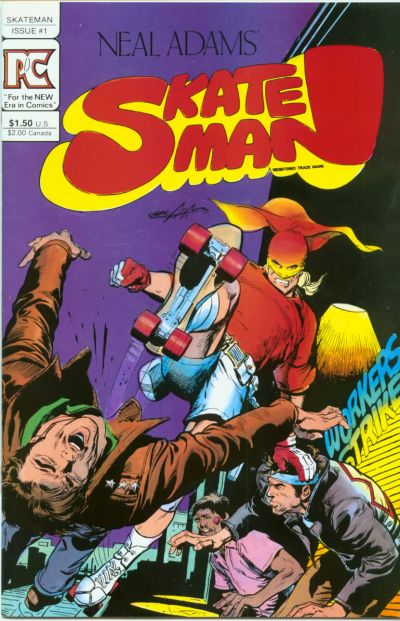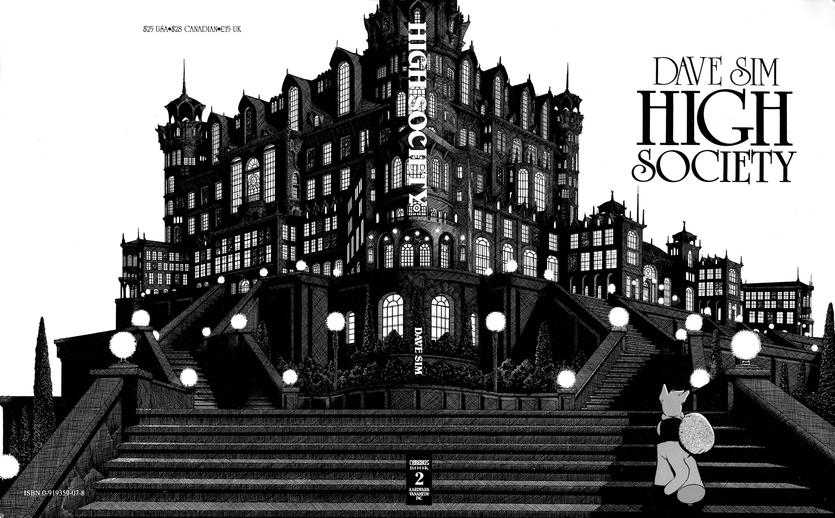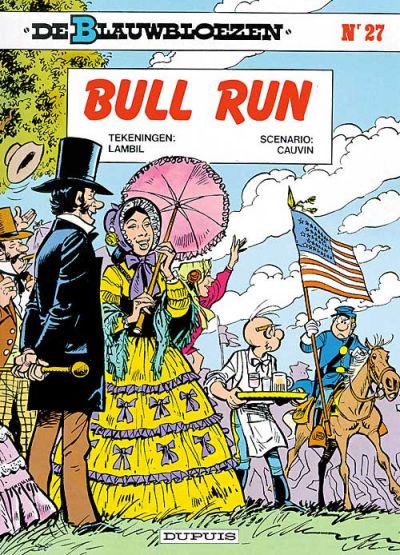Stupid comics are a dime a dozen (Just ask Mister Kitty) and most are not really worth discussing. But when it’s a comic created by the Neal Adams, it’s a different matter.

Neal Adams is of course best known for his gorgeous work on Batman, where together with Denny O’Neil as the writer, he dragged the Caped Crusader out of his late sixties camp era. His was a more grim, realistic Batman, better suited to the time. With O’Neil he also the classic ‘relevant’ era of Green Lantern/Green Arrow in which social justice topics rather than space aliens were fought. Working for Marvel, his biggest story ironically was all about those space aliens, doing the art for Roy Thomas’ Kree/Skrull War in Avengers, while also doing some of his best work on X-Men before that was cancelled. Then there was Deadman, one of his signature characters at DC as well as the horror work he did at Warren at the same time. By the early seventies he waa arguably the most well loved comics artist in the business, a perennial fan favourite.
By the late seventies however he’d largely stopped doing work for mainstream comics, having started his own company, Continuity, which did a lot of illustration work and the like outside of comics, while also working as packager, where they created comics for other people to publish. A huge number of artists would come up through the Continuity studios throughout the decade. At the same time he was also active in securing creative rights for cartoonists, being e.g involved in an attempt to unionise the industry as well as the fight to get Siegel and Shuster recognised as the creators of Superman.
Not surprising then that in the eighties, with the establishment of the direct market, he started thinking about creating and publishing new titles with his own characters. For Pacific Comics he would created two titles this way: Ms Mystic and Skateman. A few years later, after Pacific Comics had gone bankrupt, he would turn Continuity in its own publisher, which would exist from 1987 to 1994, dying during the great superhero glut of the mid-nineties. You’d expect a company based on Adams art and creativity would have a good reputation, but little of what Continuity produced was good and all of it suffered from bad editing and production issues.
Some of these problems are already present in Skateman. The plot is a mishmash of cliches: a Vietnam vet and live long martial arts user gets into roller derby but has to quit when he accidentally causes the death of his best friend. When his girlfriend is senselessly murdered, something snaps and he becomes a vigilante, using his martial arts and roller skating prowess to become Skateman, dressed up in white shorts, a red t-shirt and mask. Most of this is told in a long flashback after a fight against some motor cycle thugs, which end with him being badly wounded. Then his new girlfriend gets kidnapped and he uses the local skaters to get her back and the end.
Adams’ art is serviceable but noticeably worse than his earlier work. It’s not helped by the atrocious colouring, something that would be a trademark of any Continuity series. In all, there’s just no joy in any of this. no sense that Adams felt any pride in his creation. It could’ve survived the story being meh if the art was any good, but it isn’t really. The whole concept of a roller skating superhero as some sort of urban vigilante just doesn’t work. Even reading this to make fun of is a chore.


